This strange looking bench moves like a wave.
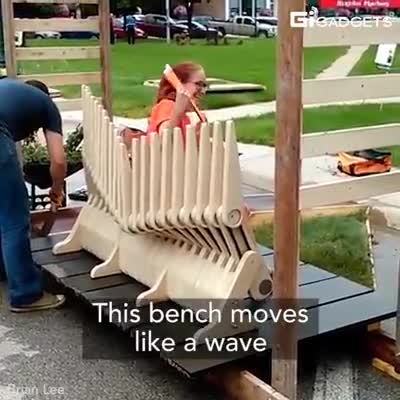

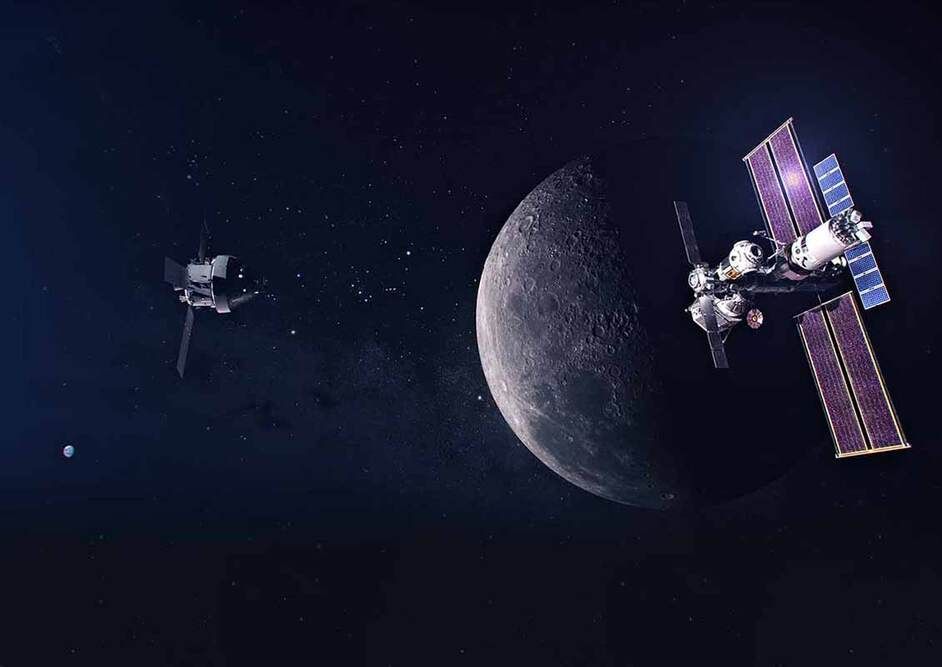
When Gene Cernan and Harrison “Jack” Schmitt climbed into their lunar module nearly 50 years ago at the end of the Apollo 17 mission, it marked the end of an era. The Apollo 17 crew would splash down in the Pacific Ocean a few days later, marking the end of humanity’s presence on the Moon for the foreseeable future. A new age of space exploration was ushered in with the launch of the first space shuttle in 1981. The shuttle program had its own set of triumphs, notably the launch and subsequent repairs of the Hubble Space Telescope. But the pursuit of so-called deep space exploration via crewed missions — including a return to the Moon — did not seem imminent, replaced instead with a series of missions involving uncrewed probes in deep space and crewed missions closer to Earth.
The idea of returning humankind to the Moon dawned again in 2,017 with the official unveiling of NASA’s Artemis program. In mythology, Artemis is the twin sister of Apollo. As the program’s namesake implies, a chief goal of Artemis is to see humans once again on the surface of the Moon, including the first woman and first person of color. NASA believes Artemis is a monumental shift in deep space exploration that, along with subsequent missions, will culminate with an achievement well beyond the lunar surface: landing humans on the surface of Mars.
But first, the Moon, and to get back there, NASA is developing an ambitious series of components designed to expand exploration of the lunar surface. It’s called the Gateway, and a Notre Dame alumnus is helping to get the lunar outpost — literally — off the ground.
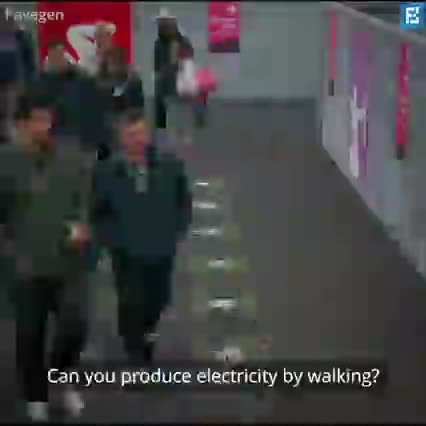


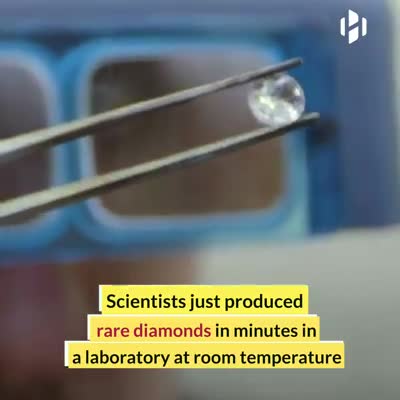
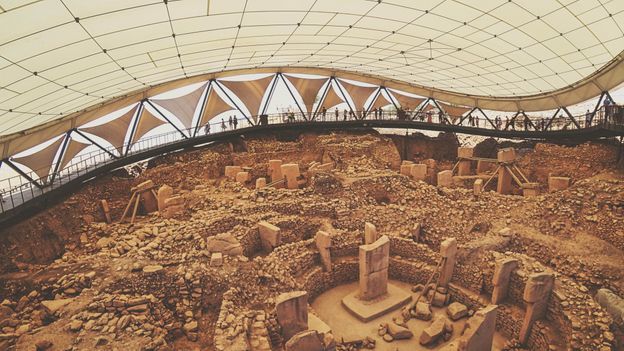
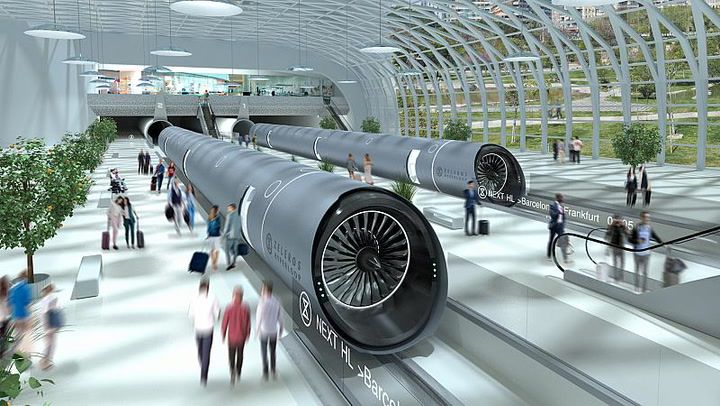
Three groundbreaking ideas for the future of high-speed rail travel in Europe have been proposed by a number of companies. Hyperloop, Maglev trains and a single European railway area have been suggested as climate-friendly options to transform mobility on the continent in years to come. Spanish company Zeleros want to build a scalable hyperloop system capable of connecting cities in a matter of minutes, achieving speeds of 1,000km/h with zero emissions. Maglev trains have been suggested by Polish company Nevomo as a more imminent European rail transformation, with the aim of implementing hyperloop once the technology is ready.
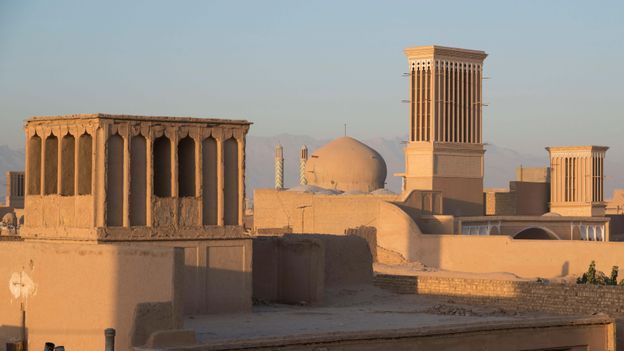
As a wind catcher requires no electricity to power it, it is both a cost-efficient and green form of cooling. With conventional mechanical air conditioning already accounting for a fifth of total electricity consumption globally, ancient alternatives like the wind catcher are becoming an increasingly appealing option.
From ancient Egypt to the Persian Empire, an ingenious method of catching the breeze kept people cool for millennia. Now, it could come to our aid once again.
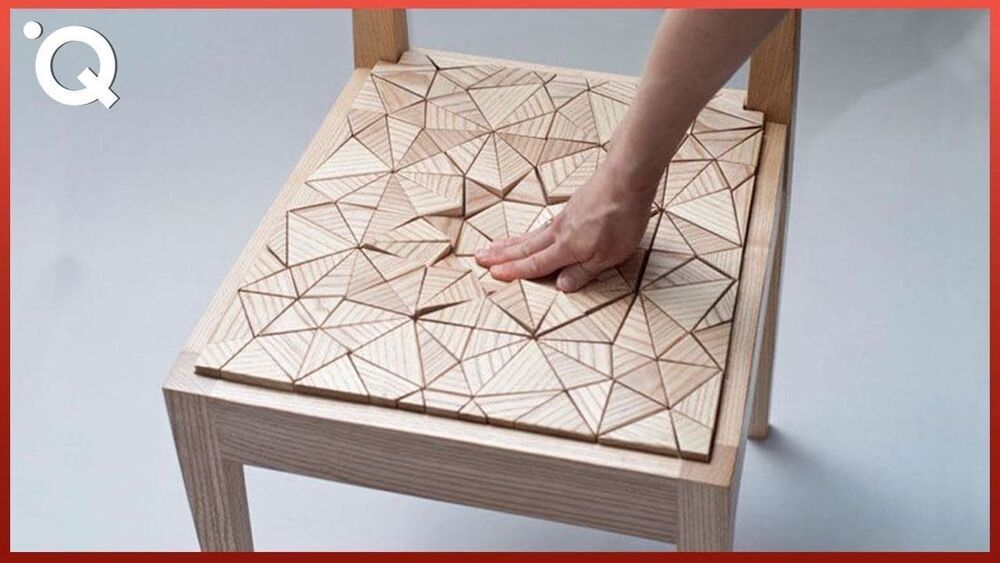
So what would the furniture of the future be like? some future furniture.
Once you have your own place, you want to make it truly yours by choosing the decoration and furniture. Even if you aren’t, you can’t miss these smart pieces of furniture. Some are surprising, others seem completely SciFi. Check out this review of smart furniture and let us know what you think!
Check out this review of Smart Furniture and let us know what you think!
装修界的马阳
Other: Douyin ID: xiaomoyu90
wechat: xiaomoyu90
MILANSOFA
Instagram: https://www.instagram.com/milansofa/
Youtube: https://www.youtube.com/channel/UC3iYQ026O8ubO4K6CcCIgxQ
Web: https://www.milansofa.ru/
FERNANDABERTOLLA_ARQ
Instagram: https://www.instagram.com/fernandabertolla_arq/
Web: http://www.fernandabertolla.com.br/
AMANDALIMAINTERIORES
Instagram: https://www.instagram.com/amandalimainteriores/
Tiktok: https://www.tiktok.com/@amandalimainteriores.
DRY AWAY
Youtube: https://www.youtube.com/channel/UCNAzdAogRyCuEFdUTJ-YGOw.
Web: https://dryaway.net/
Facebook: https://www.facebook.com/DryAway.
Shop: https://dryaway.net/products/